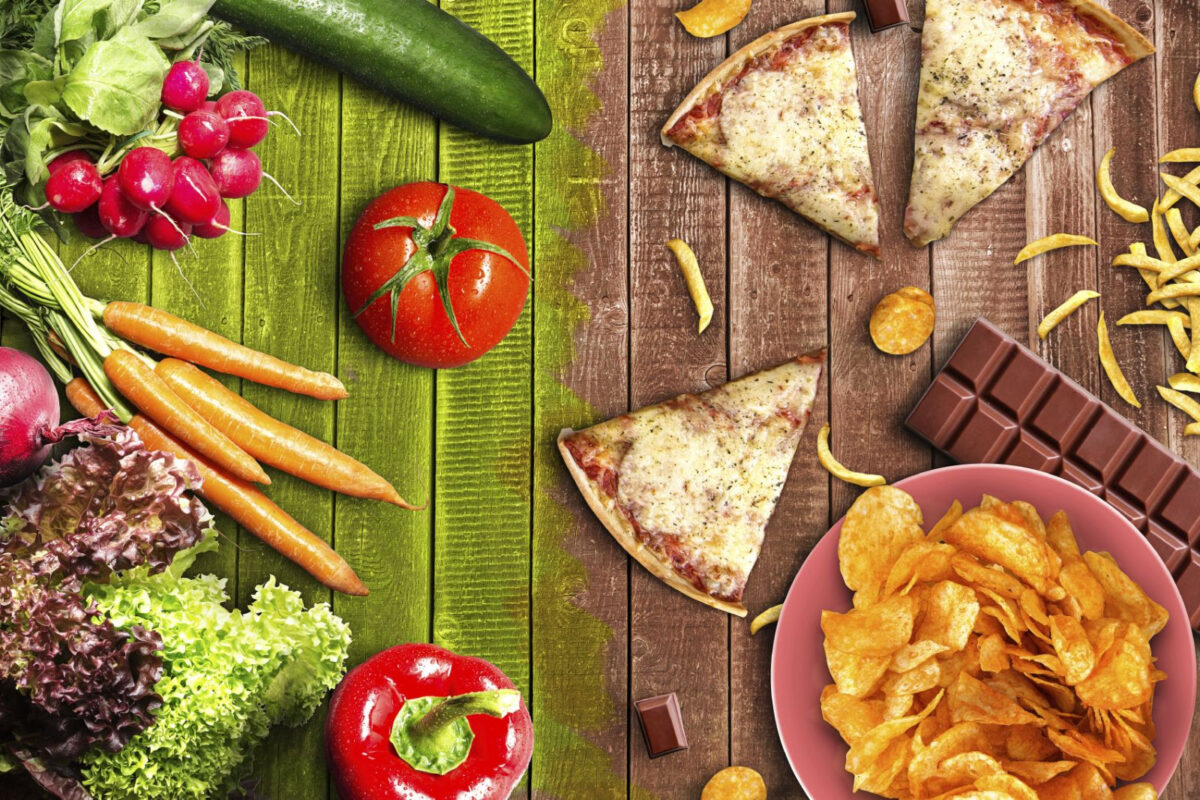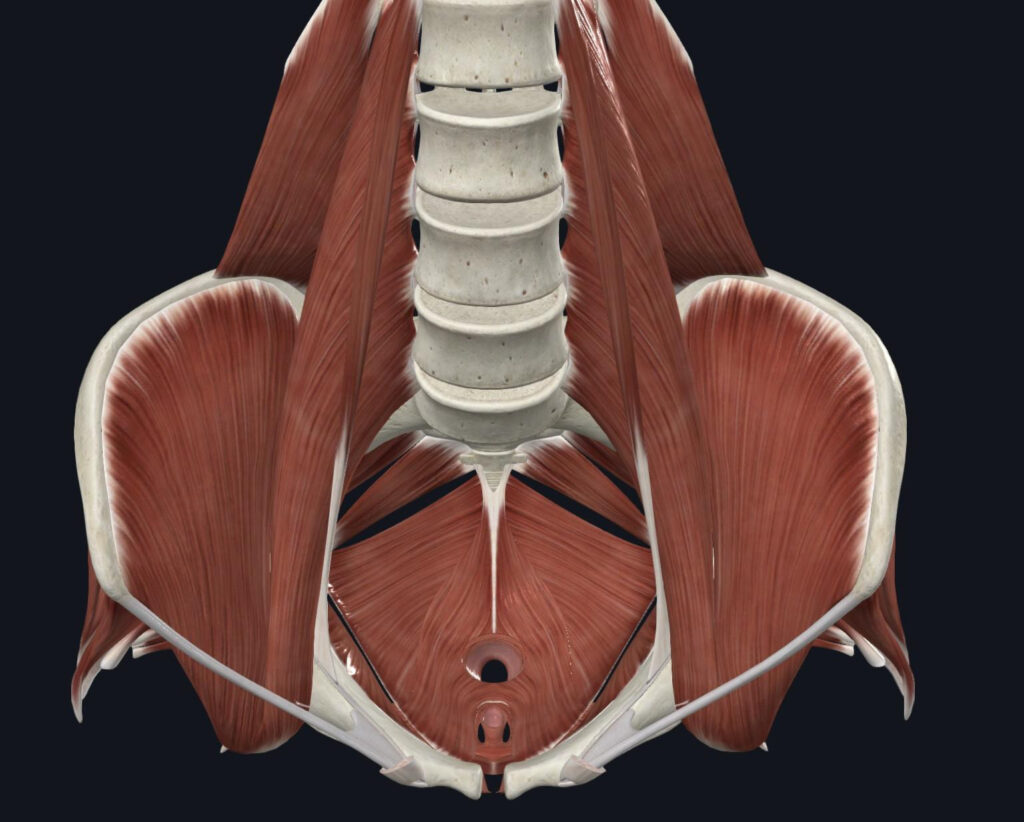By Dr. Tamara Kung, ND
In part one of this two part series, we examined how red, orange, and yellow foods support our health. Each has it’s own unique benefits for our bodies.
In part two, we examine how green, blue, and white/brown foods help to make us healthy.
Green – for Heart Health
- Broccoli
- Kale
- Brussels sprouts
- Arugula
- Spinach
Cruciferous vegetables like broccoli (and its sprouts), kale and brussels sprouts contain sulforaphane which is a powerful anti-inflammatory property. Meta-analysis of green leafy vegetables and cruciferous vegetables show a lower risk of atherosclerosis and reduced cardiovascular diseases with daily consumption. They also have a positive effect on cholesterol and blood pressure markers which keep our blood vessels healthy and elastic!
Blue/ Purple – for Brain Health
- Eggplant
- Beets
- Currants
- Blueberries
- Blackberries
- Red cabbage
- Red Kale
Most people are lacking this hue when it comes to their daily meals. Incorporating blueberries for example has been proven to help with brain health. A study in the European Journal of Nutrition showed older adults who added wild blueberries to their daily diet for three months had more accurate memory recall and faster cognitive processing function. Wild blueberries offer almost three times more nutrition and antioxidants than regular blueberries, so are the best bang for our buck. Frozen fruits and vegetables are just as good, if not better than fresh as they are picked at peak ripeness and are protected from spoiling. The cost savings are also significant when it comes to fresh vs. frozen. On average fresh berries cost $4 per serving, while frozen is $0.75 per serving.
White & Brown – for Immune Defence
- Cauliflower
- Fennel
- Leeks
- Artichokes
- Jicama
- White nectarines
- Garlic
- Mushrooms
While they lack the attractive hues of their pigmented counterparts, they make up for in nutrient density like B vitamins, selenium, and folate. Selenium is needed for immune support and those with deficiencies are more prone to infections and predisposed to cancer. The phytonutrient in garlic is called allicin which you can smell when you crush a fresh clove of garlic for your mushroom sauté. Cell studies show its beneficial effects on immune health which causes zinc to be released from proteins in our body which can help activate our immune system.
Plant nutrients work synergistically, each contributing like a puzzle piece to a whole picture of health and wellness. They are stronger and more productive (and beautiful) together than alone.
So next time you sit down to eat, look at the colours on your plate. Note if you see shades of beige, and see if can incorporate a pop of colour. Maybe it’s to add some berries, pomegranate, or a dollop of pumpkin puree to your morning oats, some spinach, mushroom, avocado, or kimchi to your omelette, or blend in some beets with that hummus for an easy showstopper at your next event! See if you can incorporate each colour into your daily rotation from the beautiful spectrum of colours nature offers us.
Reference:
Lee SH, Moore LV, Park S, Harris DM, Blanck HM. Adults Meeting Fruit and Vegetable Intake Recommendations — United States, 2019. MMWR Morb Mortal Wkly Rep 2022;71:1–9. DOI: http://dx.doi.org/10.15585/mmwr.mm7101a1external icon
Nutrition facts: Lycopene benefits: raw vs. cooked tomatoes. Retrieved from https://nutritionfacts.org/video/lycopene-benefits-raw-vs-cooked-tomatoes/#:~:text=Lycopene%20is%20the%20wonderful%20cancer,more%20lycopene%20than%20raw%20tomatoes.
Whyte AR, Cheng N, Fromentin E, Williams CM. A Randomized, Double-Blinded, Placebo-Controlled Study to Compare the Safety and Efficacy of Low Dose Enhanced Wild Blueberry Powder and Wild Blueberry Extract (ThinkBlue™) in Maintenance of Episodic and Working Memory in Older Adults. Nutrients. 2018 May 23;10(6):660. doi: 10.3390/nu10060660. PMID: 29882843; PMCID: PMC6024810.
Xiong RG, Zhou DD, Wu SX, Huang SY, Saimaiti A, Yang ZJ, Shang A, Zhao CN, Gan RY, Li HB. Health Benefits and Side Effects of Short-Chain Fatty Acids. Foods. 2022 Sep 15;11(18):2863. doi: 10.3390/foods11182863. PMID: 36140990; PMCID: PMC9498509.





